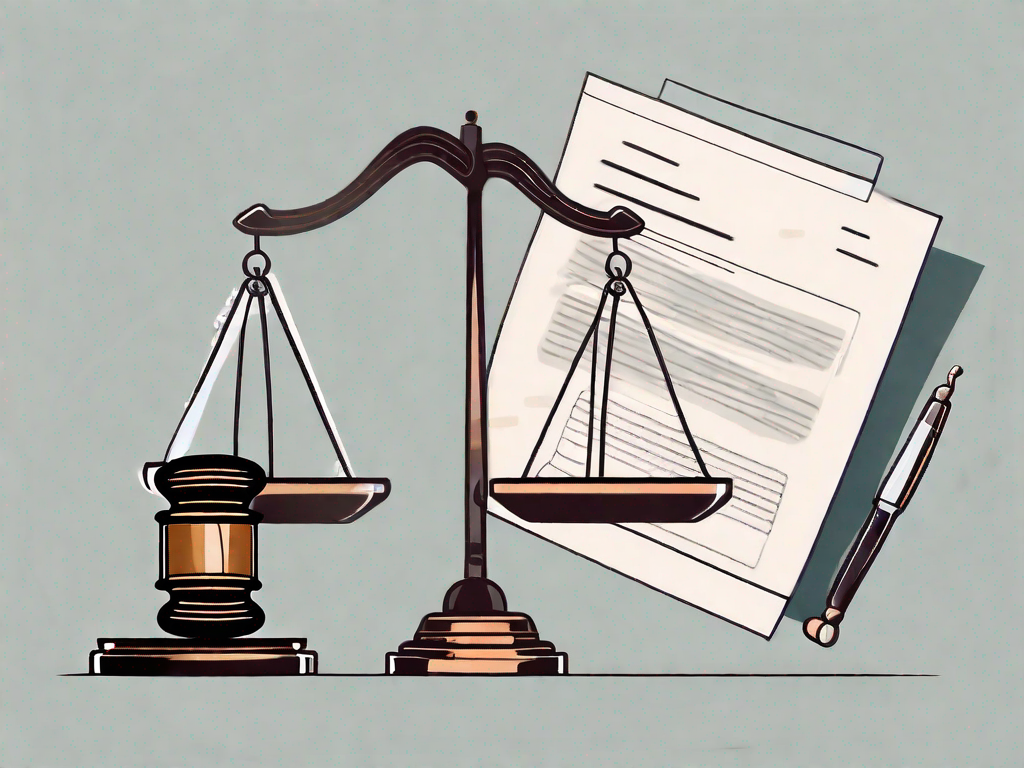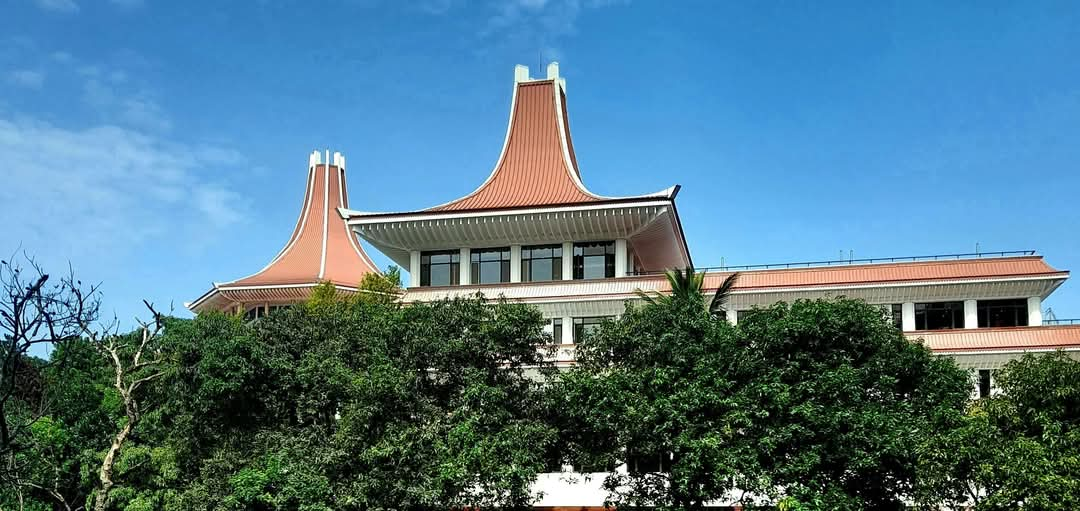SC examines Procedure Under Sec. 241-246 of CPC
How an inquiry under ‘Claims related to seized property’ be conducted:

The crux of the case centered around the inquiry conducted under Section 241 of the Civil Procedure Code, which involves assessing claims to seized property. The Supreme Court determined that the District Court’s investigation, which was limited to evaluating the nature of the claimant’s possession and its connection to the judgment debtor, was correctly executed. The Court ruled that the 2nd Defendant’s failure to provide sufficient evidence during this inquiry, combined with the evidence presented by the Plaintiffs, justified the dismissal of the claim and the upholding of the seizure order.
This case involves an appeal by the Janatha Estate Development Board (“2nd Defendant”) challenging an order by the High Court of Civil Appeal, which affirmed the District Court’s dismissal of the 2nd Defendant’s application under Section 839 of the Civil Procedure Code.
The Plaintiffs had initially won a judgment in the District Court, declaring their title to a 100-acre land and awarding damages against the Defendants. The 2nd Defendant’s appeal was dismissed for non-prosecution, and the Plaintiffs sought to execute a writ of possession. Despite multiple legal obstacles, the Plaintiffs were eventually awarded damages, and the court ordered the seizure of property at No. 5/75, Vauxhall Street, Colombo 2, claimed to be owned by the 2nd Defendant.
The 2nd Defendant sought to release this property from seizure, arguing that it was state-owned, but the District Court dismissed this application after an inquiry where the 2nd Defendant failed to present sufficient evidence. The High Court of Civil Appeal upheld this decision.
In the appeal before the Supreme Court, the 2nd Defendant argued that the District Court should have conducted a more thorough investigation to determine if the land was state property. The Plaintiffs countered that the 2nd Defendant had not provided any new evidence to support their claim.
The Court analyzed Sections 241 to 245 of the Civil Procedure Code, noting that these sections outline the procedures for handling claims to seized property. The investigation under Section 241 is limited to determining the nature of the claimant’s possession and its relation to the judgment debtor. If the property was in the possession of the judgment debtor as their own property or on account of someone else, the Court must disallow the claim.
“In Isohamine v Munasinghe (1928) 29 NLR 277, it was held by Garvin J, with Dalton and Lyall Grant JJ agreeing, (at p.281); “[A]t a sitting of the Court for the purpose of investigating a claim duly appointed and of which notice has been given the Court is entitled to proceed judicially to determine the matter of the claim upon a consideration of the evidence where evidence is adduced, and in the absence of evidence when the claimant adduces none, and the order so made is, in my view of these Sections, an order made upon investigation.”
The 2nd Defendant (Janatha Estates Development Board) was found to be in possession of the property at the time of seizure. However, the 2nd Defendant failed to provide evidence during the investigation to support a claim that the property was held in trust for the State or any other person.
Instead, the evidence presented by the Plaintiffs, including a lease agreement and a mortgage bond, demonstrated that the 2nd Defendant was in possession of the property as its own. The 2nd Defendant later submitted a document (after the investigation had concluded) indicating that the land was vested in the State, but this document was not considered as it was not presented during the investigation.
Given the evidence, the Court concluded that the District Court correctly disallowed the 2nd Defendant’s claim under Section 245, as the property was in the possession of the judgment debtor as their own property at the time of seizure. The High Court of Civil Appeal’s decision, which aligned with this reasoning, was upheld.
“…What is important in relation to the scope of investigation in terms of Section 241 is that the Court should investigate in summary manner to decide the question whether a claimant or objector had satisfied the Court that his claim or objection falls within any one or more of the situations envisaged in either Section 244 or Section 245, enabling it to make order either allowing or disallowing the release of the property under seizure. situations envisaged in either Section 244 or Section 245, enabling it to make order either allowing or disallowing the release of the property under seizure. This is due to the fact that the Civil Procedure Code had specifically provided for a person, who had an interest over the property under seizure but was unsuccessful in satisfying the Court that his claim or objection falls within any one or more of the several instances that were specified in Section 244, could seek redress under Section 247. Section 247 provide for a party against whom an order under Section 244, 245 or 246 is passed, to institute an action within the specified time period of fourteen days “… to establish the right which he claims to the property in dispute, …”– Justice ACHALA WENGAPPULI
The Court also observed that Section 247 allows a party to file a separate action within 14 days of the order to establish their right to the property in dispute. This section is significant because it offers a remedy for a claimant who was unsuccessful in convincing the Court during the summary investigation under Section 241 that their claim or objection fits within the situations outlined in Sections 244 or 245. In essence, Section 247 provides a means for a more comprehensive examination of the rights to the property, allowing the claimant to prove ownership or any other right to the property that was not addressed in the summary investigation.
Case No. – S.C. Appeal No.76/2016 [Decided on 09th August, 2024]
Before: VIJITH K. MALALGODA, PC., J. KUMUDINI WICKREMASINGHE, J. ACHALA WENGAPPULI, J.







